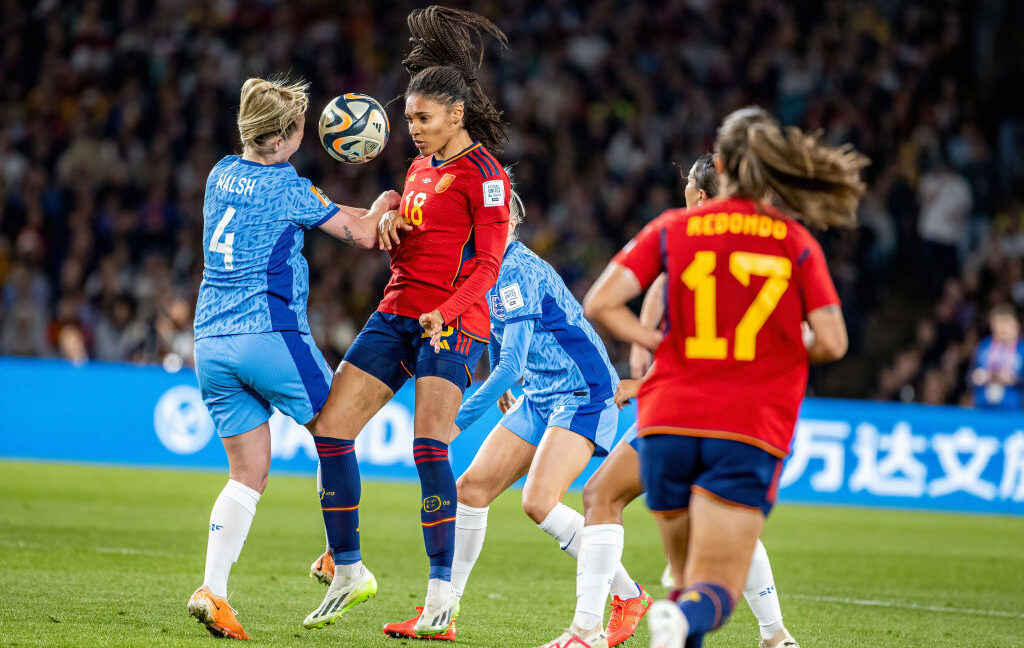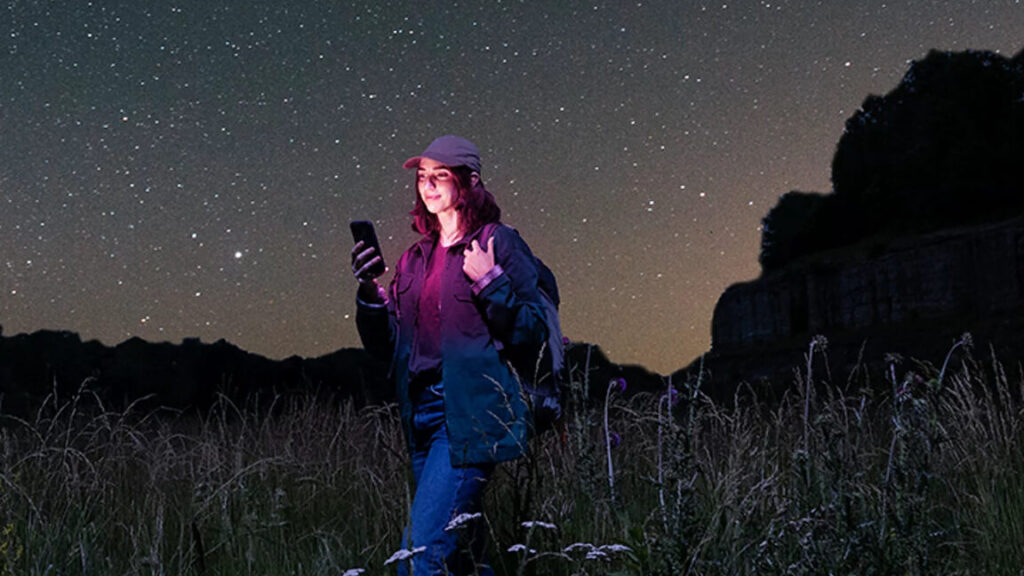The next two FIFA Women’s World Cups will only air on Netflix
FIFA’s announcement suggested that it expects to reach a larger audience and increase US engagement by airing on Netflix. FIFA said that 1.2 billion people watched the 2019 Women’s World Cup, ESPN noted. Netflix has already demonstrated the ability to lure a massive amount of viewers to exclusive sports matches. In November, Netflix claimed the “most-streamed sporting event ever” when it streamed a boxing event centered on a Mike Tyson and Jake Paul fight and reportedly garnered 65 million live concurrent streams.
Per FIFA’s announcement, Netflix will stream the tournaments in English and Spanish via a “dual telecast.” Under the deal, Netflix will also release a documentary series about the biggest players ahead of both tournaments. Brazil will host the 2027 event, while the host country for the 2031 Women’s World Cup has yet to be announced.
The news comes as streaming platforms continue battling over sports. Currently, Disney, Warner Bros. Discovery, and Fox are in a legal battle over plans to launch a joint sports streaming app, Venu, which is being challenged by sports streamer Fubo over antitrust allegations. The case is set to go to trial in October.
Meanwhile, fans are adjusting to changes in how sports events are aired, learning to bounce between channels and streaming services to find their events and dealing with buffering and other technical problems. At times, some of the biggest fans, like NFL player Tariq Woolen, have resorted to illegal pirating to avoid complications and fees, underscoring pressure for streaming services to perfect and simplify the streaming of the live events that they’re eagerly snatching up.
The next two FIFA Women’s World Cups will only air on Netflix Read More »














